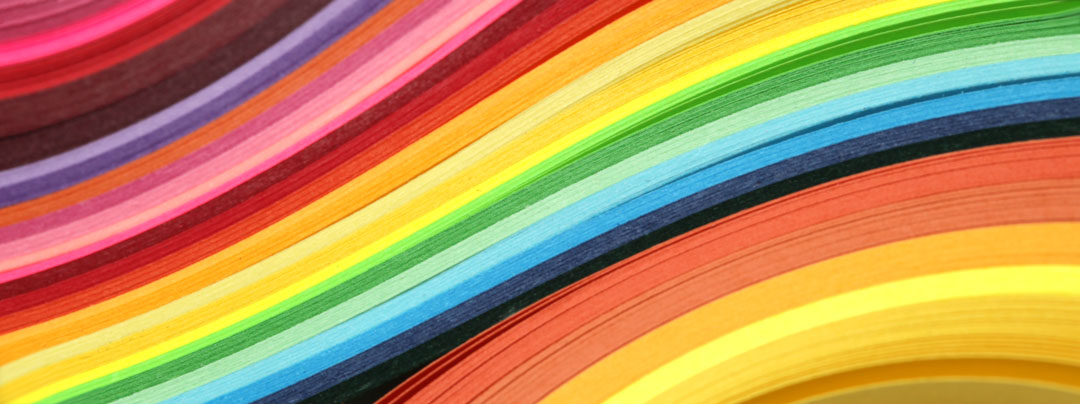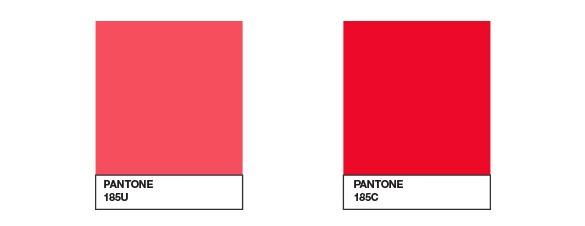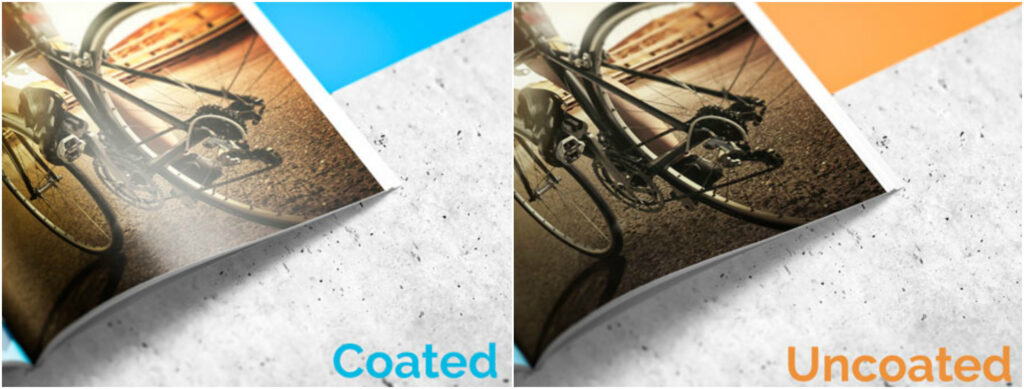Osupplies.com
189 E. Market Street
Sandusky, OH 44870
800.516.7321
419.627.2489
customersupport@osupplies.com

How to Choose Paper for Your Print Job
You’ve created the perfect design for that brochure, newsletter, postcard, or getting-the-band-back-together announcement. Great. Now, it’s time to choose a paper to complete the package. Paper selection is a very important element in printed projects; it affects both the cost and visual appeal of the piece you’re creating.
When choosing a paper you will need to specify a paper weight, opacity, brightness, and finish.
Choose a Paper Weight
With paper weight, the heavier the weight (higher lbs.), the thicker the paper. The thicker paper stock feels sturdier, is less susceptible to wrinkling, and conveys higher quality. The most common paper weight is 20 lbs., but when printing marketing materials, paper weights ranging from 20 lbs. to 32 lbs. are most commonly used
- 16-20 lb. Bond Paper
Lightweight paper that is good for internal documents, the paper used in office copiers, or multi-page projects. - 24 lb. Bond Paper
The most commonly used paper weight for letterhead, reports, or other documents that must withstand handling. - 32-36 lb. Bond Paper
A more substantial and durable paper weight, great for résumés, legal documents, or other projects that need to convey high quality. - 65-100 lb. Cover Stock
Cover stock is a heavy, durable paper stock used for business cards, brochures, folders, and project covers.
Paper Opacity
Paper opacity is the term used to describe how transparent a sheet of paper is. Some papers, like translucent vellum, are intentionally transparent and can be layered on top of other papers for artistic effects. Opacity should be considered when understanding the degree to which graphics will show through to the reverse side of the paper, and a paper stock should be selected that can sustain the inks or toners required in the artwork.
Paper Brightness
Paper whiteness, brightness, and shade all impact the appearance of a printed project. The brightness is a measure of the reflectance of blue light wavelengths on a scale from 0-100, with 100 appearing to be the brightest paper to the eye. A white paper shade can range from a cream color to a hint of blue, with the blue shade often appearing to be the brightest color white. When selecting a paper shade, it’s important to review a sample of the paper stock before going to print with your project.
Paper Finishes
Here’s a quick rundown of common paper finishes:
- Smooth finish results from paper passing through sets of rollers during the papermaking process.
- Bond paper is a relatively high-grade paper stock with a rag content ranging from 25 percent to 100 percent.
- Vellum has a subtle roughness.
- An embossed finish provides a molded appearance on the paper’s surface.
- A linen finish resembles linen cloth.
- Cockle is a texture similar to homemade paper.
- Metallic paper is coated with a thin film containing metal or plastic whose color and gloss simulate metal.
- Coated paper has a coating applied to give the sheet a better appearance.
- Cast coated paper results in an exceptionally glossy coated finish, usually only on one side.
Coated versus Uncoated Paper
When choosing an ink color, you will often see the acronyms C and U, which actually refer to “coated” and “uncoated” paper stock. The key thing to remember here is that when used in reference to spot colors, they’re actually talking about the paper and not the ink. Ink is made up of pigment (the color) and the carrier, which is usually oil. The oil part of the ink soaks into the paper and dries. The pigment sits up on top of the mineral or clay coating with coated papers but soaks into the fibers with uncoated papers. The type of paper you’re using can have a pretty significant impact on the way the ink color appears in real life.
Here’s a representation of how coated versus uncoated paper appears. You can see how the coated paper provides some extra shine.
That “shine” affects how spot colors are displayed. For example, if you compare the “C” and “U” Pantone colors PANTONE 185C and PANTONE 185U side-by-side, one of the first things you notice is that PANTONE 185C looks brighter and more saturated than PANTONE 185U. It is literally the exact same ink, but the difference between the coated and uncoated paper stock changes the way the ink looks when printed.

Another variation in ink color is “M”, which stands for matte. Matte coated or dull coated papers are coated with a mineral coating, so the ink colors typically look closer to the “C” or coated versions, but matte papers are not as bright and tend to make the color ink look more subdued.
Types of Paper Stock
Now that you know a bit about finishes, let’s use that knowledge to help you pick the perfect paper for your project.
| Paper Type | Characteristics | Finish | Type of Project |
|---|---|---|---|
| Bond paper | Lightweight, comes in a range of pastels, neutrals, matching envelopes, and matching cover weights | Smooth, cockle | Fliers, forms, copies |
| Writing paper | Comes in a range of colors and flocking options that match envelopes, plus cover and text weights | Smooth, linen, vellum, cockle, etc. | Stationery |
| Uncoated book paper | Comes in a range of colors and is thicker and more opaque than bond or writing papers | Smooth | Direct mail, newsletters, catalogs |
| Text paper | Comes in a range of colors and flocking options that match envelopes, plus cover and text weights | Smooth, linen, vellum, cockle, etc. | Letterhead, annual reports, brochures |
| Coated book paper | Matching cover weights limited to cream and white, although specialty lines exist in a range of colors | Dull, gloss, matte, cast-coated | Magazines, catalogs, direct mail |
| Cover stock | Heavy and durable, can be coordinated with text, book, and writing papers | Smooth, linen, vellum, gloss, matte | Business cards, report/catalog covers, brochures, postcards, folders, invitations, door hangers |
| Index/Bristol paper | Stiff and sturdy comes in a range of colors and finishes | Coated, vellum, smooth | Postcards, file folders, tickets |
| Translucent vellum paper | Semitransparent stock comes in a range of colors and weights plus matching envelopes | Smooth, grooved | See through envelopes and overlays |
| Newsprint | Inexpensive, light-weight, white/manila only | Vellum | Newspapers, tabloids |
| Label paper | Comes in gummed, pressure-sensitive, and self-adhesive backing and in a range of colors | Smooth (uncoated), matte, glossy, cast coated | Labels, stickers |

